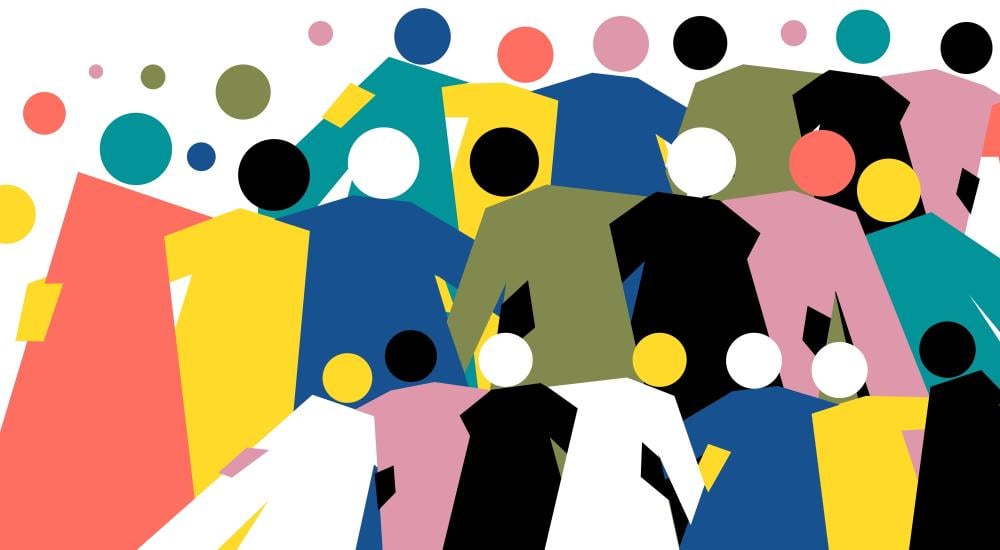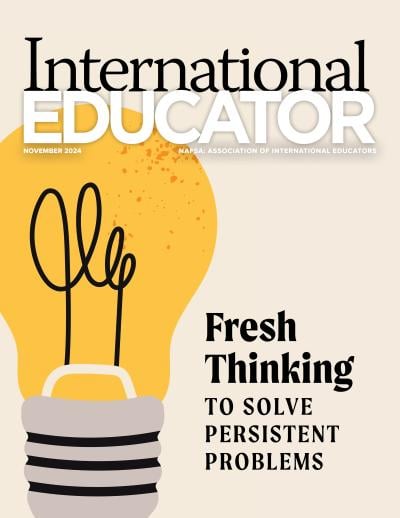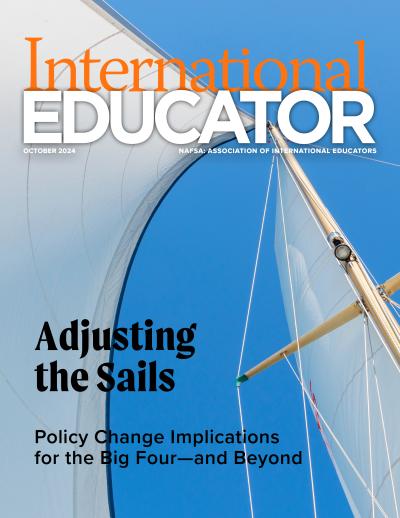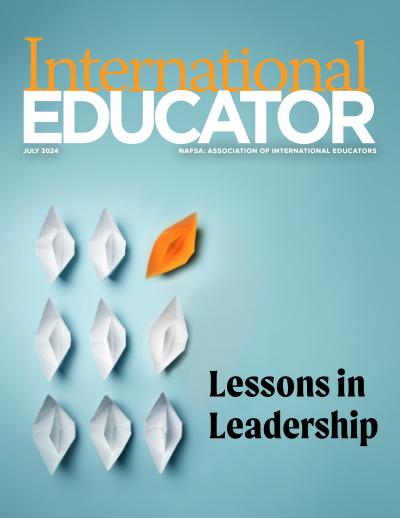Cultural Humility: From Principle to Practice

For international educators, adopting a cultural humility lens is crucial for creating inclusive educational environments. Put simply, cultural humility facilitates relationships that leave personal biases out of the equation and cultivate a receptive mindset, self-awareness, and a lifelong commitment to learning.
“To me, cultural humility means embracing diversity and recognizing that no single approach works for understanding all people and cultures,” says Anastasia Fynn, director of international student and scholar services (ISSS) at the University of Utah. “In practice, it should be viewed as a way of life—an acknowledgement that there is always more to learn and that making assumptions or generalizations can hinder meaningful cross-cultural understanding.”
Below, ISSS professionals discuss how they apply these principles to their ISSS programs and the impact doing so has had on students.
An Individualized Approach
For Aaron Clevenger, assistant provost for international education and senior international officer at Embry-Riddle Aeronautical University, the implementation of a cultural humility framework begins with recognizing that cultural universalism does not exist. In other words, there is no single set of cultural values or approaches that applies to everyone. This understanding shapes how Clevenger and his team engage with students and exchange visitors—by acknowledging that each person has a unique cultural perspective and adapting communication, advising, and problem-solving strategies to better meet their needs.
“We recognize that students from different cultural backgrounds may have different expectations for processes, authority figures, and [means of] expressing concerns,” he explains. “Instead of relying on a ‘one-size-fits-all’ approach, we prioritize active listening














